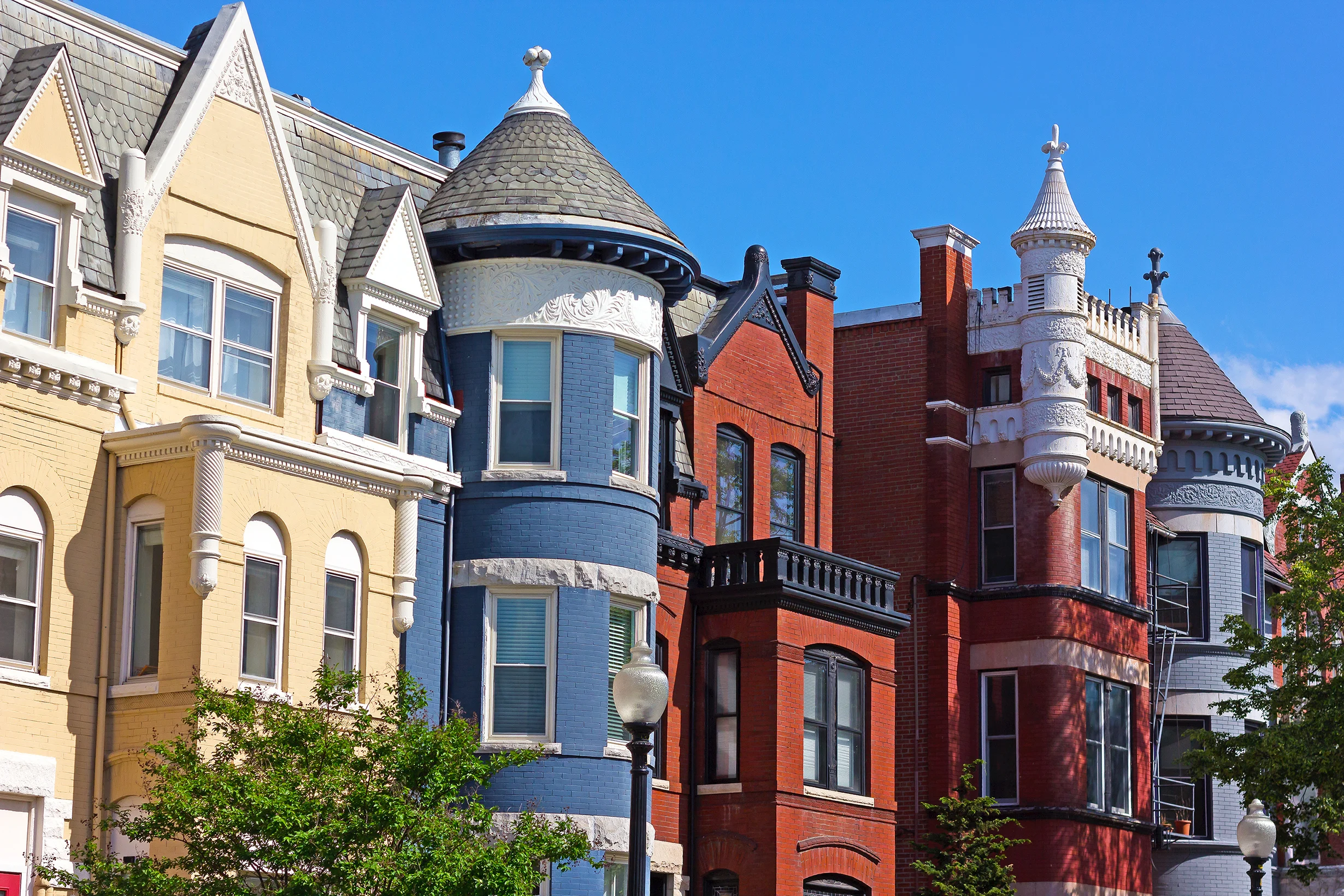Temperatures were off to the races in late August when cars whizzed around Washington and Baltimore, armed with digital sensors, scoping out which parts of these sweaty cities swelter the most. Data was logged every second, 75,000 measurements were processed and then mapped. The data was collected as part of a field campaign funded by the National Oceanic and Atmospheric Administration (NOAA) to better understand the urban heat island effect in the two cities. Heat islands are caused by high concentrations of asphalt and concrete, which pump up temperatures. In Washington, the neighborhoods of Queens Chapel, Michigan Park and Bloomingdale, and iIn Baltimore, the neighborhoods of Penn-Fallsway…, as the hottest neighborhoods in the area.
Temperatures varied across sections of the city by as many as 17 degrees when the field campaign was conducted in Washington on Aug. 28, one of the summer’s hottest days. Several neighborhoods saw temperatures shoot up to 102 degrees. But other locations, also within the confines of the District, merely hit 85. Many Washingtonians have long fled to the mountains or to the Atlantic beaches, driving hours at great expense, to escape Washington’s oppressive summertime heat. The National Arboretum and areas of Ivy City and Brentwood contain a difference of 10F within just a few city blocks. The radical temperature changes over short distances show just how important urban planning and the presence of green space can be for comfort and, during dangerously hot weather, human health and safety. Policies could also be developed to support efforts to alter the environment in the hottest areas by introducing green space and changing building materials and design practices. Studies have shown these efforts can lower temperatures.
Read more…
What a time to be planning room layouts! Lucky for us, we now have access to a treasure trove of user-friendly apps to help us create floor plans and virtually design our rooms—taking a lot of the guesswork out of everything from gauging the right-sized furniture for our space, to assessing how a paint color will look, to putting entire rooms together in virtual reality before we take the plunge IRL.
FOR CREATING A FLOOR PLAN
Magic Plan - is a free app (in-app purchases $2-200) that lets users create floor plans based on their photos. According to the product description, there is "no need to measure or draw" so it's a good option for users who have minimal experience creating floor plans.
Room Scan Pro - draws floor plans by itself". Users simply hold a phone up to a wall which scans the circumference of a room (a voice-activated prompt states "hold against wall until you hear a beep"). Reviews note there is a bit of a learning curve to using the app but also praise its effectiveness in accurate floor plan creation.
Floor Plan Creator - allows users to create detailed floor plans in 3D. Reviews praise the app's usefulness when furniture shopping to gauge whether potential furniture will fit in the context of specific room dimensions.
FOR DESIGNING A ROOM LAYOUT
Room Creator - lets users design a room interior in "10 minutes or less" by entering room dimensions, designing floor patterns, choosing wall colors, and adding in decor.
Amikasa - allows users to create room layouts using furniture and home decor from real brands—about as mistake-proof as you can get in room planning. The app also has cool features like a walk-through mode that allows users to take a virtual tour of their newly created rooms to get a feel for the room design and layout, and the option to share the room via social media for input and advice.
Home Design 3D - The app receives praise for its high level of detail while still remaining easy to use, and the latest version even offers an online 3D-printing option.
If you’re like most house hunters, you’ve spent plenty of time learning about real estate and mortgages. However, there is a third leg of the transaction that is just as important as the others. Title Insurance protects both real estate owners and lenders against loss or damage occurring from liens, encumbrances, or defects in the title or actual ownership of a property. Unlike traditional insurance, which protects against future events, title insurance protects against claims for past occurrences. The most common claims you are protected from include property ownership by another person, fraud or forgery of the title documents, unidentified easements, outstanding lawsuits, and liens against the property.
One of the more informative DC real estate blogs, UrbanTurf, recently outlined the property tax appeal process. Here's what to do if you don't agree with your assessment...
Young Americans are hitting more and more homeownership roadblocks: crippling student debt, escalating home prices, surging mortgage rates and a scarcity of listings. Yet they've gone on a buying binge!
First-time buyers accounted for 46 percent of new mortgages in the first quarter, the biggest quarterly share in data going back to 2012. Meanwhile, the National Association of Realtors puts the median age of first-timers in the U.S. at 32.
It appears that young people, helped by easier credit and an improving job market, are acting fast as rents rise...






